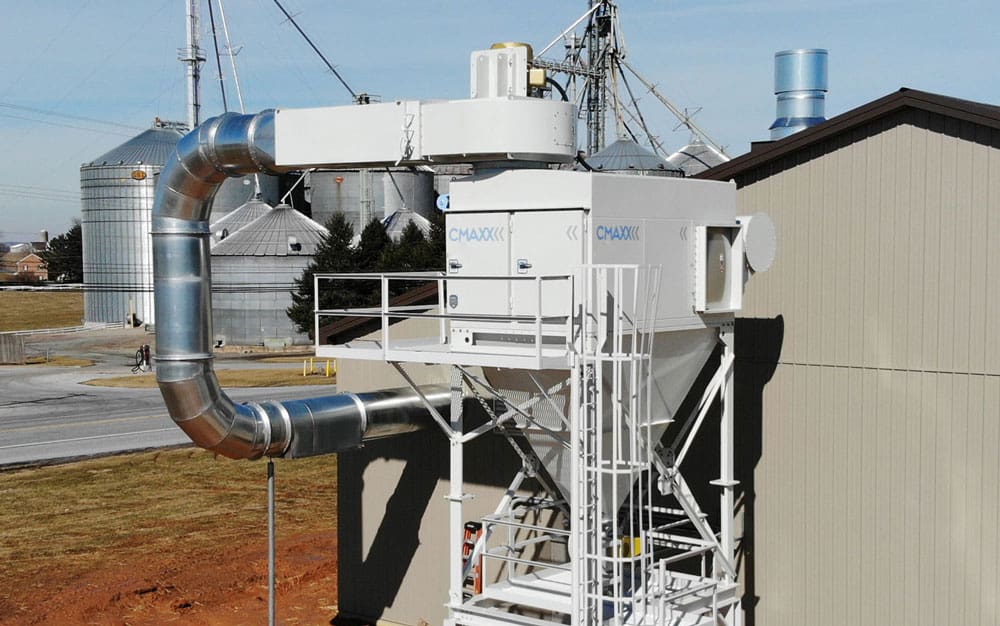
by Erin Long | May 30, 2019 | Uncategorized
Manganese is a common metal, and the human body needs it in very small amounts to stay healthy. However, excessive manganese exposure causes serious neurological problems. This is most likely to happen to welders and other metalworkers. You can find manganese as an alloy in steel and sometimes aluminum. Consequently, welding or cutting these metals can release dangerous amounts of manganese.
Limits are already low on health hazards like beryllium and respirable crystalline silica. Manganese is likely to be one of the next materials to see increased regulation. It’s not the only welding exposure that workers need to be concerned about. But it’s another good reason to manage weld fume exposure.
Where would I find manganese in metalworking?
Modern steel production relies on manganese to remove oxygen and sulfur compounds. Many types of steel include it because as an alloy, it makes steel stronger. This means that welding or cutting fumes from steel are likely to contain manganese. In addition, welding manganese exposure can come from manganese contained in welding rods.
Manganese is also used as an alloy with aluminum, where it protects from corrosion. This is not a major source of exposure for metalworkers in general, though. This type of aluminum alloy is popular for food and beverage containers.
What are the limits on manganese exposure?
OSHA’s limit on manganese exposure is 5mg/m3 over an eight-hour workday. NIOSH, the research branch of OSHA, has looked at recent studies. As a result, they recommended a limit of no more than 1mg/m3 over the same period of time.
One research study in 2016 found that over many years of working as a welder, manganese could cause serious neurological symptoms. This is true for exposure levels as low as mg/m3 . The study also found that higher levels of welding exposure to manganese caused more symptoms.
This research shows that just following OSHA regulations may not be enough to prevent manganese exposure symptoms from metalworking.
What are some manganese exposure symptoms?
Manganism is the most severe symptom. This condition of manganese exposure looks like Parkinson’s disease. Specifically, one experiences tremors, balance problems, weakness, and problems with muscle control. Following current OSHA standards, exposure should not be high enough to cause this condition.
However, many researchers find that even at exposure levels much lower than OSHA standards, welders still develop symptoms. Said researchers include the Washington University School of Medicine. These manganese exposure symptoms include muscle stiffness in arms and legs and problems with balance and coordination.
Symptoms take time to appear and usually happen after years of exposure. Although, one could attribute them to just getting old. For this reason, research is needed to show that manganese exposure could cause them.
NIOSH reviewed research on occupational health hazards, leading to a recommendation of lowering the exposure limit. Their findings indicate that welders develop these symptoms faster and more severely than non-welders. Most importantly, even at levels much lower than OSHA standards.
How do you control metalworker exposure to manganese? 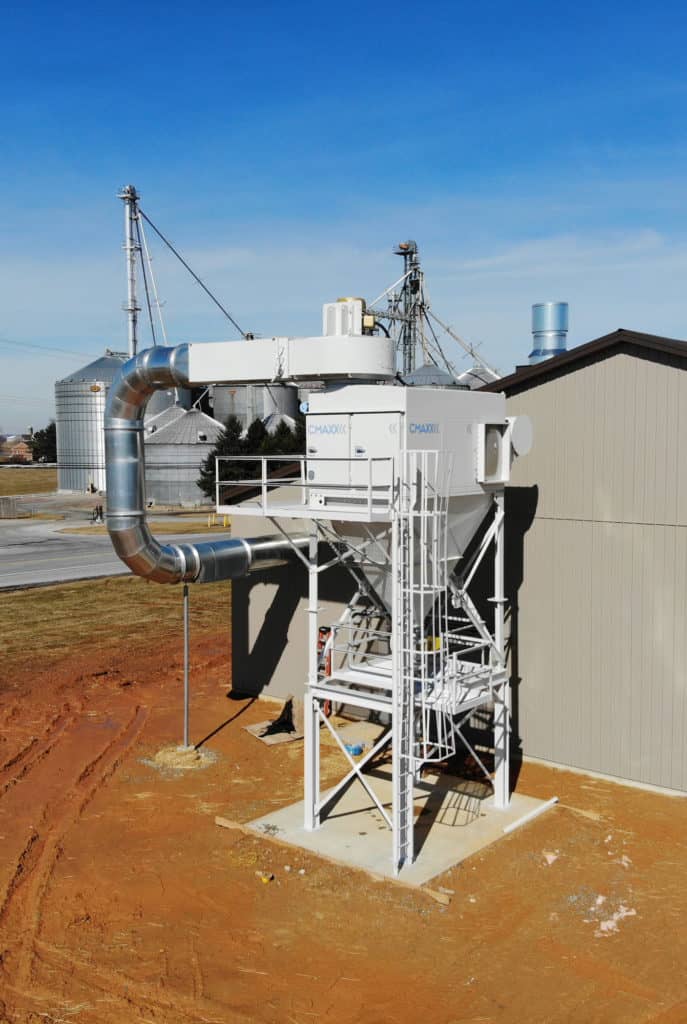
Fumes from welding and cutting metal are hazardous to breathe. Manganese exposure is just one concern. However, because it can cause neurological damage at very low levels, it’s an important issue.
Manage exposure to weld fumes with a well-designed dust and fume collection system. One solution is to use hoods, fume arms, or downdraft tables. These are all types of source capture, and they clear the air around the welder’s breathing space.
Many laser or plasma cutting tables are also downdraft tables and pull fumes down and into the dust and fume collection system.
Fumes can escape from welding stations or cutting tables. An ambient system can filter all the air in the workplace to remove these escaped fumes. As a result, the haze of smoke that some facilities have in the work area is eliminated.
To prevent welders and other metalworkers’ exposure to manganese and other hazardous fumes, contact Imperial Systems. You can also visit the product page to learn more about the CMAXX dust and fume collector.
Read more

by Erin Long | May 23, 2019 | Uncategorized
Dust Safety Science Podcast: Changes in the Dust Collection Equipment Landscape with Jeremiah Wann
 “In this episode of the DustSafetyScience Podcast, we interview Jeremiah Wann, President of Imperial Systems, Inc., in Mercer, Pennsylvania, about changes in the dust collection equipment landscape.
“In this episode of the DustSafetyScience Podcast, we interview Jeremiah Wann, President of Imperial Systems, Inc., in Mercer, Pennsylvania, about changes in the dust collection equipment landscape.
Imperial Systems, Inc. is a manufacturer of dust collection equipment and related safety systems. In his position as president of the company, Jeremiah has seen a lot of changes in the field over the past couple of decades, so he talks about:
- How the landscape has changed for dust collectors and other dust-related safety equipment
- How awareness has increased among his clients
- The importance of getting your equipment tested as a manufacturer
- Difficult situations where the customer is hesitant about installing combustible dust safety equipment
Jeremiah’s discussion has immense value because he brings a different perspective to the combustible dust safety issue. He is not a consultant, and he doesn’t serve on any NFPA boards. He is representative of a group that includes facility managers, equipment operators, equipment manufacturers, and insurance companies, and has an experience-based understanding that has enabled him to write several blog posts about combustible dust standards and measurement systems.”
Read more
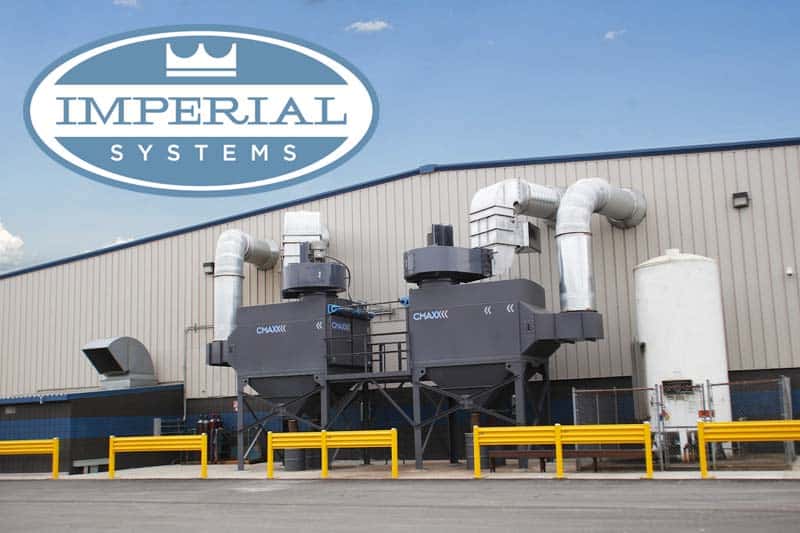
by Erin Long | May 15, 2019 | Uncategorized
In 2008, the OSHA National Emphasis Program on Combustible Dust became official. As a result, this left many people asking what a “national emphasis program” means. Does it require businesses to take any action? Moreover, does it create any new fines or penalties?
One thing has become clear since 2008: the National Emphasis Program OSHA instituted has some teeth. While businesses cannot be fined under the Combustible Dust NEP, OSHA inspectors are using other regulations to fine companies for combustible dust issues.
Why did they create the National Emphasis Program?
Safety organizations like the Chemical Safety Board have been pushing for an OSHA combustible dust standard. To this end, they cite several disasters related to combustible dust. In many of these cases, the obvious hazards should have been addressed.
The strongest push came after three major accidents that all happened in 2003. First, West Pharmaceuticals had plastic dust accumulated in the ceiling which ignited, killing six people. Second, CTA Acoustics had a buildup of resin dust which caught fire and caused seven fatalities. Third, Hayes Lemmerz suffered multiple explosions of aluminum dust. Aluminum dust is a well-known hazard that should be managed.
The OSHA NEP did not create any new standards. But it did inform federal and state inspectors how they could focus on combustible dust and standards that already existed. Companies should already be following these standards. So inspectors can issue fines for them.
The OSHA National Emphasis Program also creates educational materials about combustible dust. These are available on OSHA’s website. They explain the basics of combustible dust hazards and ways to reduce the risks.
What does the OSHA National Emphasis Program do?
The OSHA NEP puts a focus on inspecting companies that handle or create combustible dust. There is no specific combustible dust rule that OSHA can fine a company for violating. However, under this program, OSHA has been issuing some serious fines using existing rules.
Federal inspectors found over 4,900 infractions during combustible dust related inspections. This is according to OSHA in the year after the National Emphasis Program was put into place. Since there is no specific combustible dust standard to violate, most of the violations fell into these categories:
How do these rules relate to the OSHA National Emphasis Program and combustible dust?
Hazard communication rules state that for any hazardous material, there must be plans in place for handling it. The employer must communicate this plan to all employees. Further, everyone must be aware of the steps for handling the material safely.
Employers may be in violation of this rule if they do not make their employees aware of a combustible dust hazard. In addition, they must implement a plan for managing the hazard.
Housekeeping rules and combustible dust make sense. The OSHA NEP can be enforced when a facility fails to keep up with housekeeping. For example, keeping dust off floors and flat surfaces. Allowing combustible dust to gather causes many dust explosions. At the same time, this provides fuel for secondary explosions.
Citations for electrical issues related to combustible dust focus on faulty electronics or wiring. As a consequence, these could provide an ignition source for combustible dust. Airborne dust that meets an electrical spark can ignite and cause an explosion.
Personal protective equipment (PPE) citations under the OSHA NEP happen when workers are exposed to various dust hazards without PPE. This might include respirators or skin protection.
OSHA has many rules involving the placement and inspection of fire extinguishers. Likewise, employers can be cited during an OSHA NEP inspection for breaches of these.
Hazard-free Workplace
The General Duty Clause states that an employer “shall furnish to each of his employees a place of employment which is free from recognized hazards that are causing or are likely to cause death or serious physical harm to his employees”.
This is very broad. Under this rule, the OSHA National Emphasis Program can cite employers for any situation that puts employees at risk, including combustible dust.
One major reason? “OSHA found that the majority of facilities inspected under the NEP had dust collectors located inside the buildings without proper explosion protection systems”.
What does the OSHA Combustible Dust NEP mean for employers?
The National Emphasis Program does not put any new rules on employers. However, it does allow OSHA inspectors to inspect based on possible combustible dust hazards. This means that any type of workplace handling combustible dust can face an OSHA NEP audit.
If you have no safety violations in any of the areas listed above, you probably will not be cited under the OSHA Combustible Dust NEP. Most of OSHA’s citations under this standard have been “serious” or “willful.” In other words, putting employees in real danger or knowingly ignoring an existing hazard.
To make sure, now would be a good time to contact Imperial Systems, Inc about our ServiceMAXX program. We can inspect and review your existing dust collection system. Then you can address problems to make sure employees and the workplace are safe.
Read more
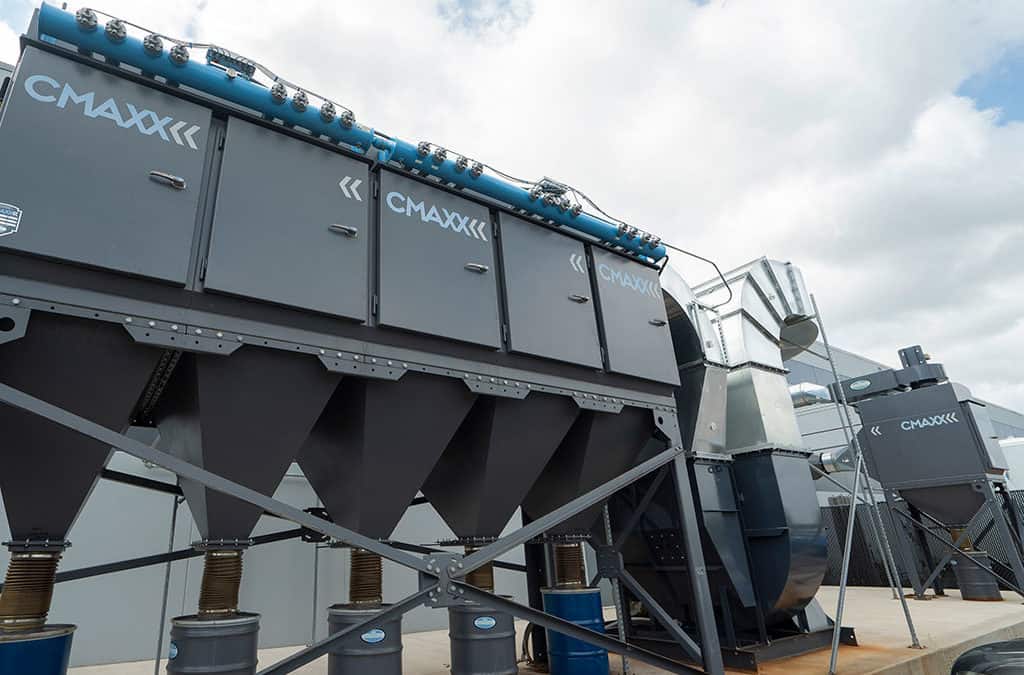
by Erin Long | May 8, 2019 | Case Studies
Problem:
James is the senior industrial engineer at a company in Kansas. Recently, the company bought a pipe plasma cutting machine. At the time, James knew that plasma cutting would produce a lot of smoke and that he needed a dust and fume collector.
James and some of his coworkers had visited another Imperial Systems customer who already has a CMAXX doing fume collection on a pipe plasma cutting application.
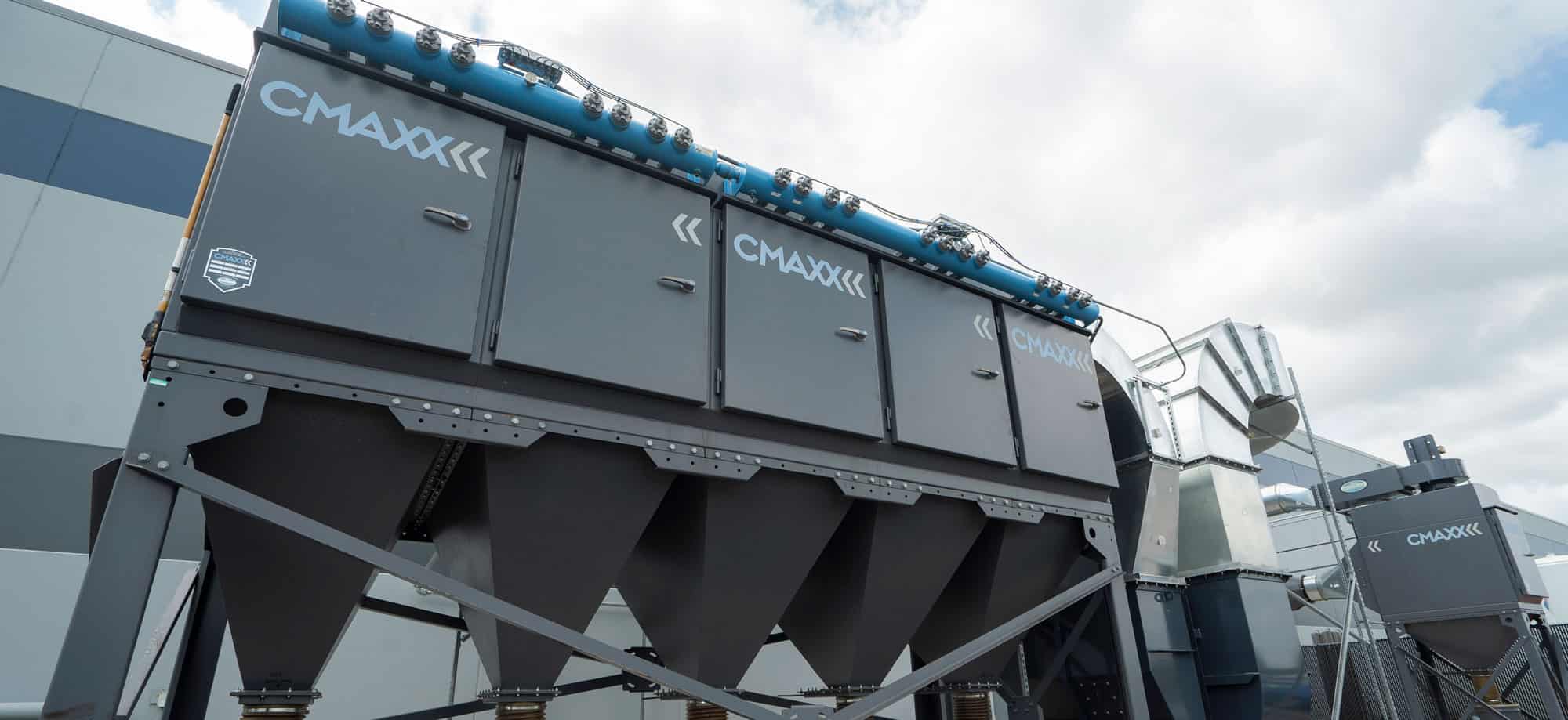
“They spoke really highly of you guys and your product, and even about buying the parts and filters,” James said. “That was certainly a big factor in choosing your company.”
Inquiring at Imperial Systems, James found himself working with salesperson Justin and engineer Troy to design a system for his application. Because he was warned about the amount of smoke a plasma cutter produces, he wanted to be prepared.
The new collector had to meet air quality standards and be able to capture the very fine smoke from plasma cutting. Imperial Systems provided the data showing that the CMAXX will do everything he needed it to do.
As for working with a company located in Pennsylvania while his company is in Kansas, James laughed. “Long distance relationships can be a little tricky, but we were able to work everything out. “
Pipe Plasma Cutting Solution:
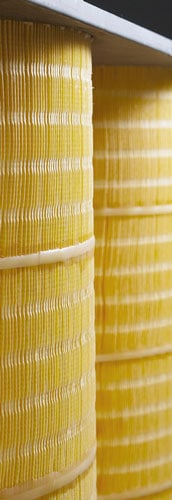 The solution that James and his team at Imperial Systems agreed on was a CM008, an eight-cartridge collector. To achieve fine particulate capture, the collector uses DeltaMAXX nanofiber filters suitable for plasma smoke. The importance of air quality control means that fume collection from the pipe plasma cutting machine needs to be completely under control.
The solution that James and his team at Imperial Systems agreed on was a CM008, an eight-cartridge collector. To achieve fine particulate capture, the collector uses DeltaMAXX nanofiber filters suitable for plasma smoke. The importance of air quality control means that fume collection from the pipe plasma cutting machine needs to be completely under control.
The new system performs as designed for fume collection for pipe plasma cutting. Some adjustments were made to the source capture point for cutting sheet metal, but the system is adaptable. As a result, by James being proactive with getting dust and fume collection for his new equipment, he prevented any air quality issues.
Feedback:
“The guys from Imperial System worked with me and were very helpful,” James said. “We also really like your hats. The guys in the shop love them. So we asked for more hats and Justin sent us more. But there still weren’t enough, though. The guys want more hats.”
Somewhere in Kansas, there’s a shop full of guys wearing Imperial Systems hats. We’re proud that our CMAXX, our service, and our hats have proved themselves in the field once again.
Read our white paper on plasma cutting smoke.
Read more about plasma cutting fume extraction.
Read more
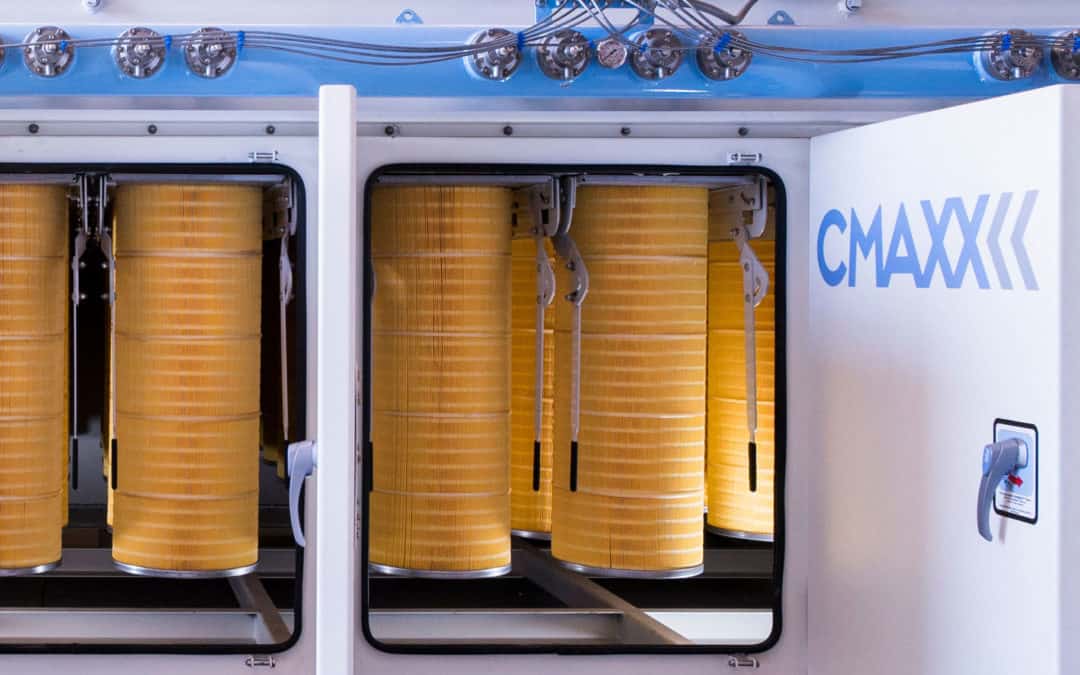
by Erin Long | May 3, 2019 | Uncategorized
In honor of Air Quality Awareness Week, we’re focusing on environmental air quality, indoors and out. When talking about dust and fume collection systems, we often discuss OSHA regulations for exposure inside the building. However, EPA regulations on dust and fume control limit what can be released into the environment.
Air quality control inside a facility protects worker health. It also protects the facility from combustible dust hazards. The same hazardous dust and fumes that could harm workers inside, though, could also contaminate environmental air quality outside.
Metal Contaminants from Industry
Many industrial processes produce heavy metal contaminants. Many people think of foundries, mining, and steel mills when they hear about environmental air quality. However, fumes released from many processes can cause contamination in the environment. For example, metalworking, battery manufacturing, and smelting can be added to the list of potential polluters.
Metals that are dangerous in very small amounts include:
- Lead
- Arsenic
- Cadmium
- Mercury
- Chromium (hexavalent chromium)
- Nickel
- Zinc
- Copper
Very fine metal particles produced by industrial processes are the most harmful for environmental air quality. They can be carried for long distances in the air. Moreover, this means they may contaminate soil and water a long way from the source.
Many of these metals are known or suspected to cause cancer. Further, others like lead and mercury cause damage to the nerves and brain.
Some companies may not realize that their fumes include these metals. However, metals like steel can contain nickel, zinc, chromium, or other materials as alloys. These are good reasons to have a dust and fume collection system to protect workers at the facility… but what about the environment?
Dust and Fume Control for Environmental Air Quality
Removing dust and fumes from a building doesn’t make them disappear. These materials are harmful because they can remain floating in the air for people to inhale. They can also end up in water supplies or contaminate the soil.
All manufacturing companies are responsible for air pollution control in their facilities. To prevent air pollution from industrial processes, dust and fumes must be captured with air filtration. Dust collection systems serve double duty: they provide clean air inside the facility and trap harmful materials before they can get outside.
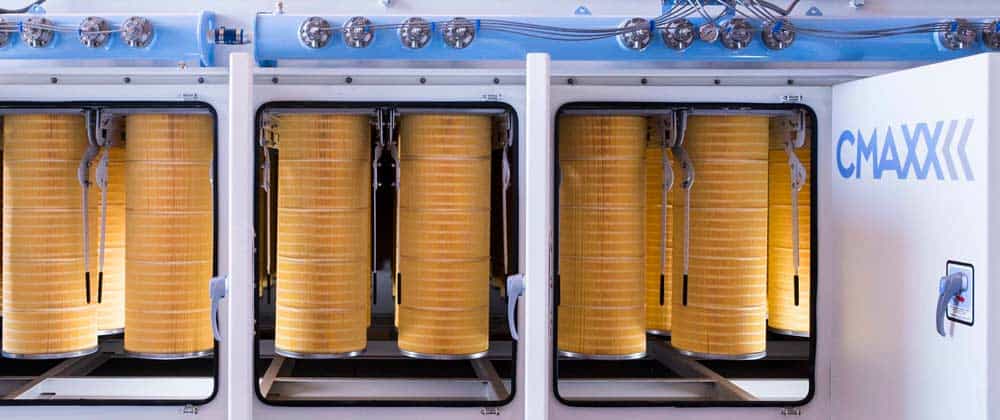
Part of preventing air pollution is the quality of dust collector filters. Filters need to be efficient enough to capture the smallest particulates the process creates. DeltaMAXX nanofiber filters capture particles as small as 0.3 microns, enough for most applications. If higher filtration is needed, HEPA after-filters can be used.
By capturing dust and fumes instead of blowing them outside, companies take responsibility for preserving environmental air quality. People who live and work near industrial areas need to be protected from harmful air pollution.
Maintaining environmental air quality improves people’s lives. Companies who invest in a dust and fume collection system can be proud that they are protecting their workers and protecting the environment. The “we just open the doors and blow it outside” philosophy might get dust and fumes out of the shop, but it passes the danger on to others. We are all responsible for what we put into the air, water, and soil around us.
Read more



 “In this episode of the DustSafetyScience Podcast, we interview Jeremiah Wann, President of Imperial Systems, Inc., in Mercer, Pennsylvania, about changes in the dust collection equipment landscape.
“In this episode of the DustSafetyScience Podcast, we interview Jeremiah Wann, President of Imperial Systems, Inc., in Mercer, Pennsylvania, about changes in the dust collection equipment landscape.


 The solution that James and his team at Imperial Systems agreed on was a CM008, an eight-cartridge collector. To achieve fine particulate capture, the collector uses
The solution that James and his team at Imperial Systems agreed on was a CM008, an eight-cartridge collector. To achieve fine particulate capture, the collector uses 
